11 Sep 2024
5 Characteristics of Futuristic Architecture
5 Characteristics of Futuristic Architecture
Share:
Futuristic architecture is not only about imagination that pushes beyond limits but also about selecting materials that support innovative and durable designs. In this regard, COLORBOND® coated steel is the superior choice, providing a modern touch along with exceptional durability for every futuristic architectural project. With over 50 years of proven technology, COLORBOND® is the perfect solution to bring future architectural masterpieces to life. Discover how COLORBOND® can support your vision by offering unmatched aesthetics and functionality.
After understanding the importance of innovative materials, let us delve deeper into what futuristic architecture is and how it has transformed our perspective on the world of construction.
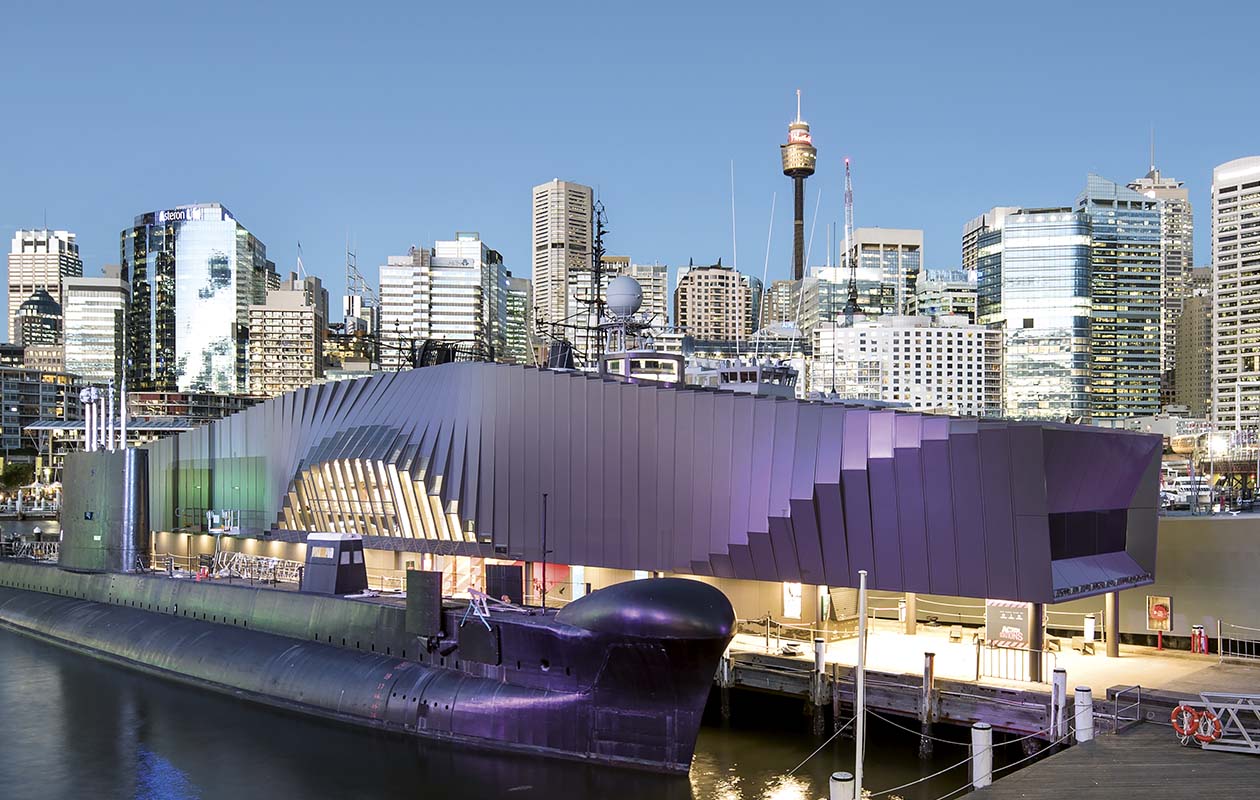 Australian National Maritime Museum Waterfront Pavilion in New South Wales, Australia used COLORBOND® Woodland Grey.
Australian National Maritime Museum Waterfront Pavilion in New South Wales, Australia used COLORBOND® Woodland Grey.
Definition of Futuristic Architecture
Futuristic architecture is an architectural style that developed in Italy as part of the Futurism movement pioneered by Filippo Tommaso Marinetti in 1909.
This style is known for its creative freedom, prioritizing innovation and future-oriented designs to create unconventional and often surprising forms. Unbound by the past, futuristic architecture is not restricted by conventional rules in building design.
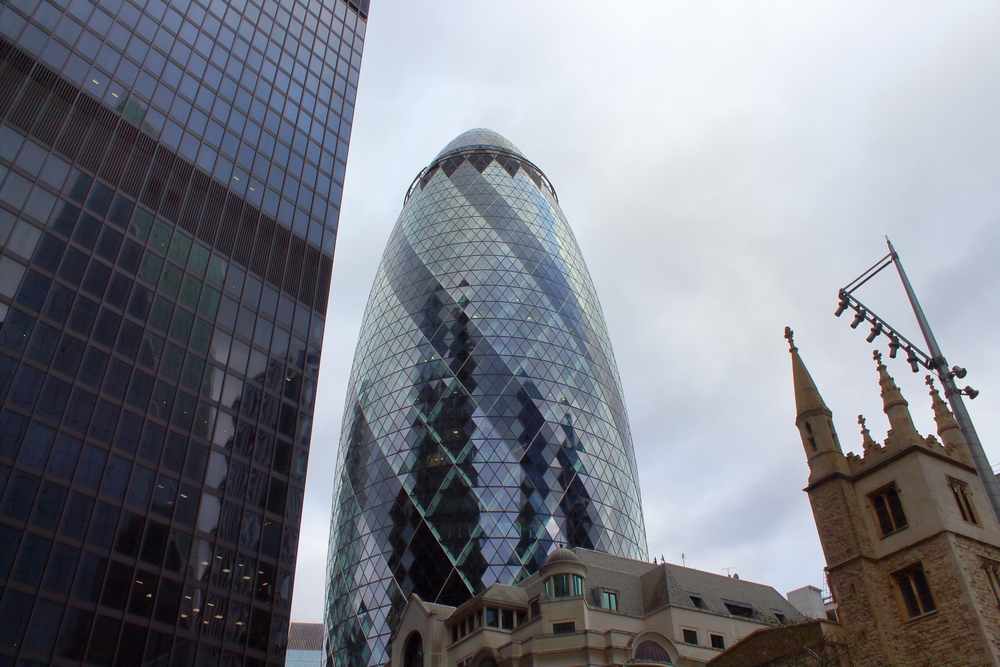
Characteristics of Futuristic Architecture
Futuristic architecture has several distinctive features that set it apart from other architectural styles. Below are some key characteristics of futuristic architecture:
1. Bold and Striking Use of Color
Futuristic architecture often emphasizes the use of bold and contrasting colors. White and gold frequently dominate, creating a clean and modern appearance. It is also common for futuristic designs to incorporate darker colors such as gray and black to convey a masculine and strong impression.
2. Non-Conventional Building Shapes
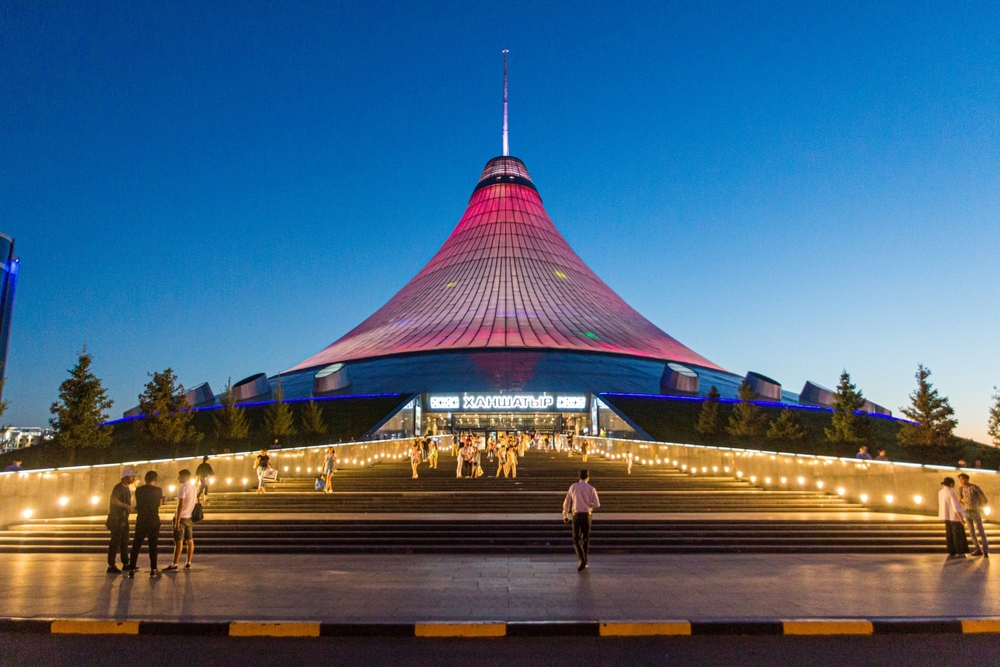
One of the most striking elements in futuristic architecture is the use of unusual and innovative shapes. This design often avoids rigid geometric forms in favor of dynamic curves and patterns resembling circles or ovals. These shapes create a dynamic and flexible impression, as if the building were challenging gravity and conventional physical rules.
3. Innovative Lighting with LED Technology
Lighting systems in futuristic architecture often utilize LED technology. These lights are typically concealed behind design elements so that only the light itself is visible, creating dramatic and mysterious lighting effects. This type of lighting not only enhances the futuristic aesthetic but also gives the impression of a more spacious and open environment.
4. Ergonomic and Multifunctional Furniture
In futuristic design, furniture is not only about aesthetics but also functionality. Minimalist furniture with ergonomic designs is often preferred. Typically, furniture is custom-designed to fit spaces with unique shapes.
5. Decoration with a Touch of Modern Art
Decorative elements in futuristic architecture often feature modern art, such as abstract or surreal paintings displayed in strategic locations. This decoration frequently adds a profound artistic dimension to the space, giving the impression that each element has its own aesthetic value.
Principles of Futuristic Architecture Design
1. Meticulous Calculation

In futuristic architecture, everything requires careful calculation. For example, regarding building structures, every aspect must be calculated with precision to ensure that the building is not only aesthetically pleasing but also highly durable. This is why the use of materials such as glass, steel, bricks, reinforced concrete, and alternative materials needs to be thoroughly considered.
2. Architecture as Art
Behind every complex and modern-looking futuristic structure lies a strong artistic element. Futuristic architecture is closely related to the expression of creative ideas and deep aesthetics. Interestingly, futuristic building designs often highlight beauty in simplicity or even in complexity that challenges traditional architectural conventions.
3. Concept of Motion
One unique principle of futuristic architecture is the concept of motion integrated into the building design. In this context, motion does not always mean literal movement but reflects how a building adapts to its environment or how elements within the building create the illusion of movement. For example, the use of elliptical and angled forms.
4. Unconventional Shapes
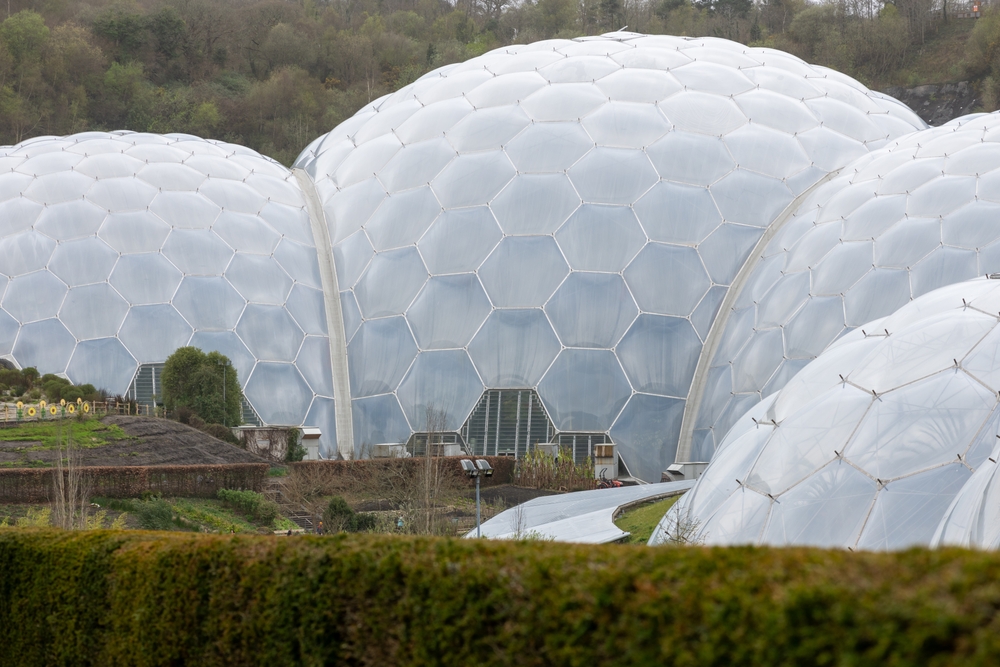
Futuristic architecture often challenges traditional norms by employing unusual building shapes. The use of these shapes not only creates a unique aesthetic but also frequently reflects technological innovation in construction and materials.
Examples of Futuristic Architecture
Futuristic architecture continues to evolve with advancements in technology and the creativity of architects around the world. Some iconic buildings with this style not only captivate with their design but also demonstrate how architectural innovation can transform urban landscapes and create stunning visual experiences. Here are some examples of buildings with futuristic architectural style that have attracted global attention.
1. Burj Khalifa
Located in Dubai, the Burj Khalifa is one of the most famous symbols of futuristic architecture in the world. Its design, resembling a lily flower, is not only aesthetically pleasing but also functional.
2. Khan Shatyr
Situated in Astana, Kazakhstan, Khan Shatyr is a futuristic building with a unique tent-like shape. Standing 150 meters tall, this structure is designed to withstand extreme weather conditions, thanks to its three-layered tent covering that maintains a stable internal temperature year-round. Its UFO-like design makes it one of the most iconic landmarks in Kazakhstan.
3. Gardens by the Bay
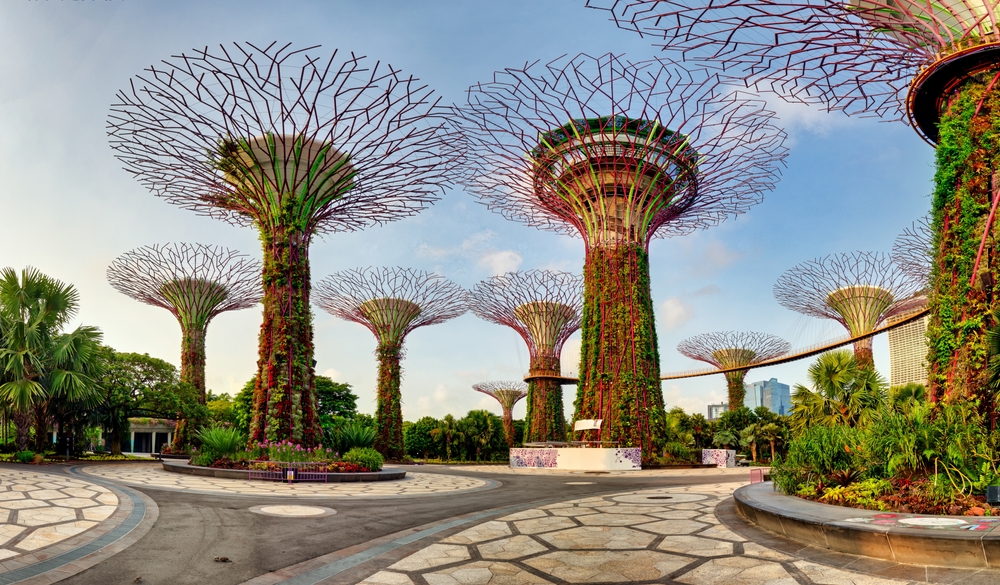
Gardens by the Bay in Singapore is another example of futuristic architecture that blends natural beauty with modern technology. Opened in 2012, the park features two large domes designed with a futuristic aesthetic. These domes, filled with plants from various parts of the world, offer an experience that combines natural wonders with advanced technology.
Referensi:
https://www.99.co/id/panduan/futuristik/
https://arskalinterior.com/futuristik/
https://www.arsitag.com/article/mengenal-arsitektur-futuristik
https://www.btnproperti.co.id/blog/arsitektur-futuristik

